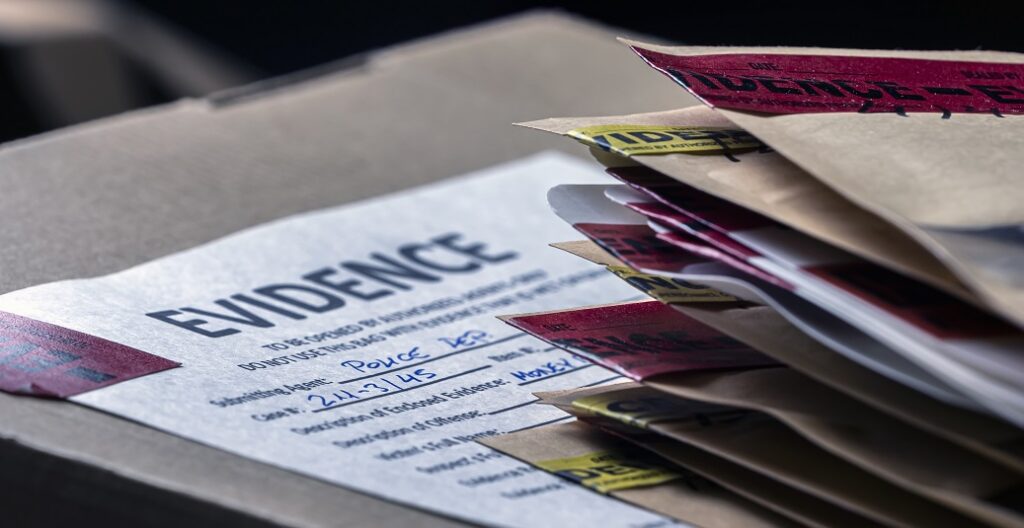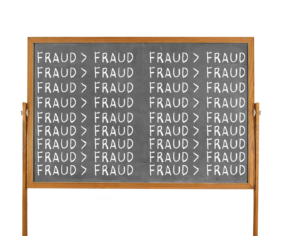As I mentioned in my last post, titles are manipulated by using a razor blade to cross-hatch and pick off laser-printed text. The cleared area is then used to type the information that the fraudster wants to use.
This applies to more than titles.
Birth certificates, Social Security Cards, checks, and anything else printed with a laser printer and on materials with built-in security features.
Consider the use cases for this form of tampering.
Loans, bank accounts, check cashing, check payment, in-store financing… the list goes on, spanning all industries.
Strategy items:
1. Verify the transaction or request instead of only validating the presented information. Fraudsters are well-equipped to provide accurate information.
The question is: “Are they authorized to be using the information?”
To answer this, I tend to lean on the use of expansive PII datasets with the ability to see timestamps of the associated data points and identifying what I call “Non-Unilateral Changes” to the profile.
2. For this specific use case (and as I mentioned before), watch for damages to the paper. Razor marks might be seen, centralized around the printed text on documents that have been manipulated this way.
Be Proactive, my friends.





























